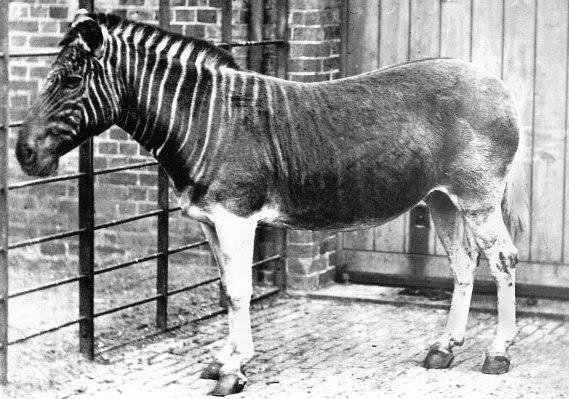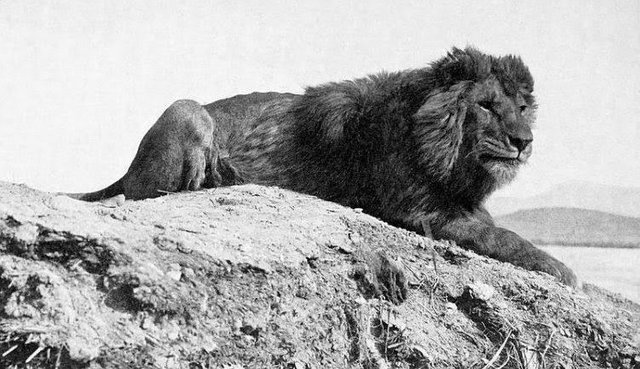5 extinct animals
Quagga – extinction in 1883

Quagga is a subspecies of plains zebra, particularly close to Burchell’s zebra. It lived in South Africa until the 19th century but became extinct after that. It is distinguishable from other zebras by the limited pattern of primarily brown and white stripes. The stripes of Quagga were mainly on the front part of the body. The rear part was brown and without stripes, and therefore, more horse-like.Passenger pigeon – extinction in 1914

The now extinct passenger pigeon once flocked abundantly all over North America. During the height of its population, they were numbering around 3 to 5 billion. These pigeons were very fast and could reach the speed of 100 km/h (62mph). Hunting along with deforestation led to the constant decline of its population. The last confirmed wild bird is thought to have been shot in 1901. Around the turn of the 20th century, only a few remained in captivity. The last passenger pigeon, Martha, died on September 1, 1914, at the Cincinnati Zoo. The photograph shown above was a cagemate of Martha. ( source )
- Barbary lion – extinction in 1942 (in wild)

Also known as Atlas lion or Nubian lion, the Barbary lion is a lion subspecies which is now extinct. It was formerly native to North Africa including the Atlas Mountains. The Romans used them in the Colosseum to battle with gladiators. Their numbers diminished greatly by the middle of the 19th century. The last recorded shooting of a wild Barbary lion took place in 1942 in Morocco. Small groups of Barbary lions may have survived in Algeria until the early 1960s and in Morocco until the mid-1960s. But there is no proof of this claim. ( source )
- Caspian tiger – extinction in 1970

With an average body length of about 3 meters (10 feet), Caspian tiger was one of the biggest cats to have ever lived. Its size has been described as being intermediate in between the Siberian and Bengal tigers. At one time, they used to inhabit the forest and riverine corridors of the west and south of the Caspian Sea. It had been recorded in the wild before the end of the 20th century. In the early 1970s, biologists from the Department of Environment searched for Caspian tigers in the uninhabited areas of Caspian forests. But after several years of search, they did not find any evidence of their presence. Finally, it was recorded as extinct. ( source )
- Gastric-brooding frog – extinct!
64850-e1493282883776.jpgion in 1981
Being native to Queensland, Australia, gastric-brooding frogs were a unique genus of ground-dwelling frogs. What makes these frogs unique among all frog species is their form of parental care. The eggs are fertilized by the male and then the female swallows them. The egg hatches and the tadpoles remain in their mother’s stomach for at least six weeks. During this period, the mother frog would not eat. When the offsprings are completely developed, the mother vomits them out through her mouth. In the above photograph, you can see a little one peeping from inside its mother’s mouth.